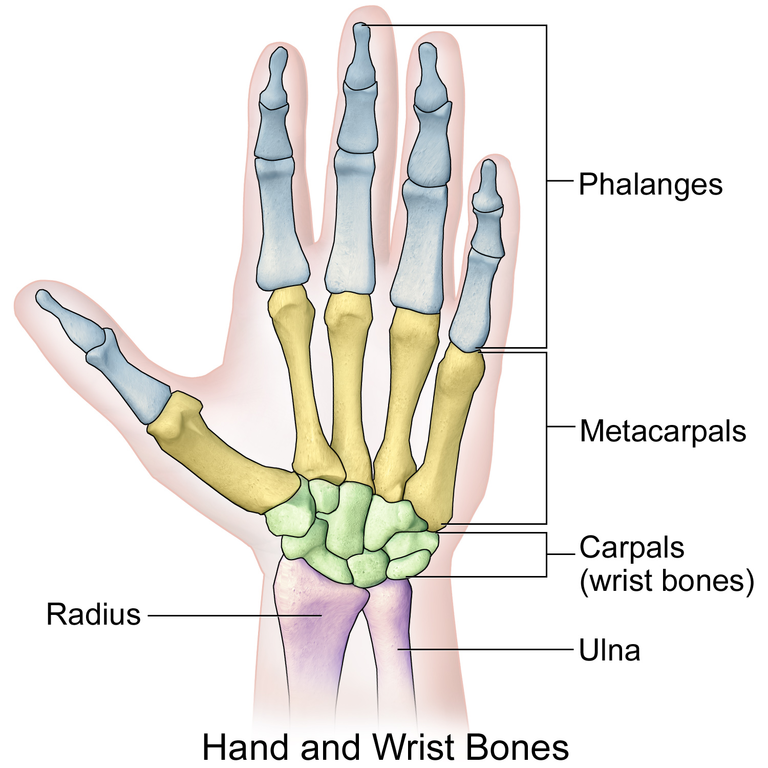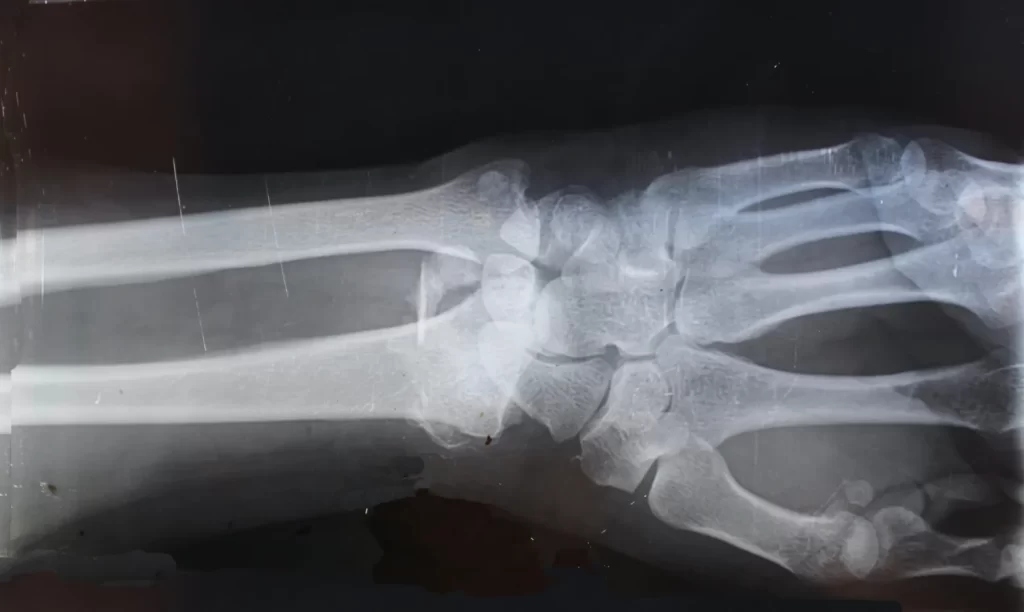Wrist Injury: Is Your Wrist Sprained or Broken?
Have you injured your wrist and wondered if it’s sprained or broken? A sudden, awkward twist or fall can easily lead to a wrist injury. Differentiating between the two can be crucial for timely and effective treatment. In this blog post, we’ll delve into the key signs and symptoms that can help you determine the severity of your wrist injury. By understanding the differences between a sprain and a fracture, you can make informed decisions about seeking medical attention.
Anatomy of the Wrist

The wrist is a complex joint that allows for both front-to-back and side-to-side movement. It comprises the ends of two long arm bones, eight small, oval-shaped wrist bones, and the bases of each of the five fingers. With so many bones converging in one place, the wrist is particularly vulnerable to injury.
Common Causes of Wrist Injuries
Wrist injuries can range from severe trauma, such as car or sports accidents, to more common incidents like tripping and falling. Our wrists aren’t designed to absorb the impact of catching ourselves during a fall.
Differentiating Between Sprains and Fractures
A wrist sprain occurs when the ligaments supporting the wrist stretch beyond their limits and tear. A fracture means one or more wrist bones have broken. Both injuries can cause severe pain, but contrary to popular belief, sprains don’t always hurt less than fractures. Symptoms for both can include:
- Pain, especially when moving the wrist
- Swelling in the wrist or hand
- Difficulty picking up objects
- Limited range of motion
- Bruising
A broken wrist may present more obvious signs, such as deformation, with the bone pushing against or poking through the skin. You may hear a snap or pop, followed by immediate swelling.
When to Seek Medical Attention
If you suspect a fracture or if a sprain’s pain isn’t quickly improving, it’s essential to see a doctor with expertise in wrist problems for a proper diagnosis. Imaging tests such as X-rays, MRI, or CT scans can help determine whether you’ve sprained or fractured your wrist.
Treatment for Wrist Sprains
For a sprained wrist, home treatment may include:
- Resting the joint for at least 48 hours
- Applying ice several times a day for 20 minutes at a time
- Compressing the joint with an elastic bandage
- Elevating the wrist above heart level
Moderate sprains might require wearing a wrist splint for a week or more, along with stretching exercises to regain full range of motion. Severe sprains may need surgery to reconnect wrist ligaments to bone or use a tendon graft to reconstruct the injured ligament. Dr. Badia notes that most wrist surgeries are minimally invasive, performed with arthroscopy using small incisions and fiberoptic cameras.
Treatment for Wrist Fractures
A broken wrist may need to be immobilized in a splint or cast for several weeks to align the bone ends. Severe fractures might require surgery and the implantation of hardware such as pins, rods, or screws to hold the bones in place while they heal.

Recovery and Rehabilitation
Whether sprained or fractured, most patients recover fully after immobilizing the injured joint and restoring movement through exercise and rehabilitation. It’s crucial to treat wrist injuries promptly to avoid lasting pain or other issues.
Injured Your Wrist? Consult with Dr. Alejandro Badia in NYC
Alejandro Badia, MD, FACS, is an internationally renowned hand and upper-limb surgeon and founder of Badia Hand to Shoulder Center and OrthoNOW®, a network of walk-in orthopedic centers. Dr. Badia is the author of Healthcare from the Trenches.
Injured your wrist? Schedule an appointment with Dr. Badia today for expert care in NYC.
Dr. Alejandro Badia MD, FACS
Gramercy Surgery Center
380 2nd Avenue
New York, NY 10010
(929) 605-HAND (4263)
